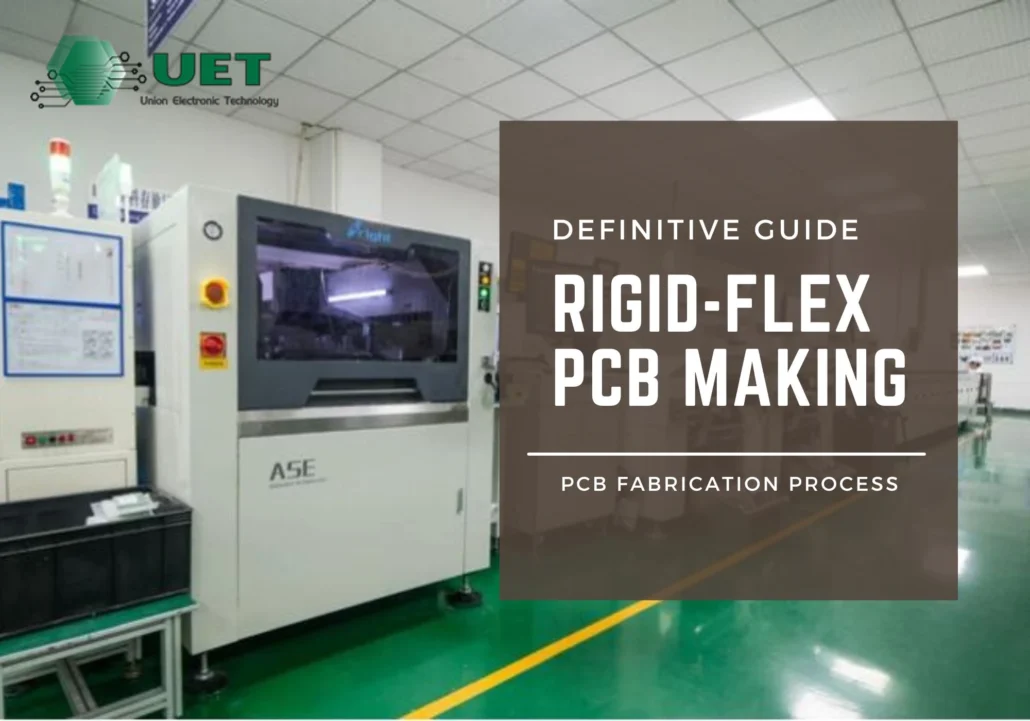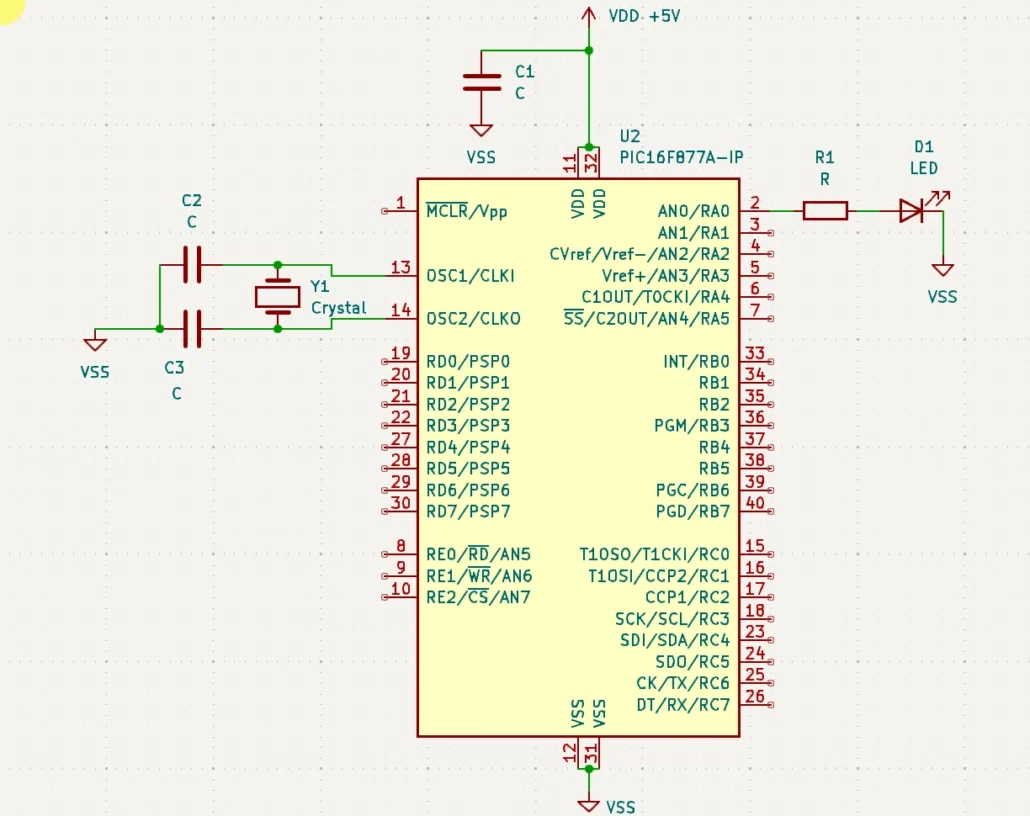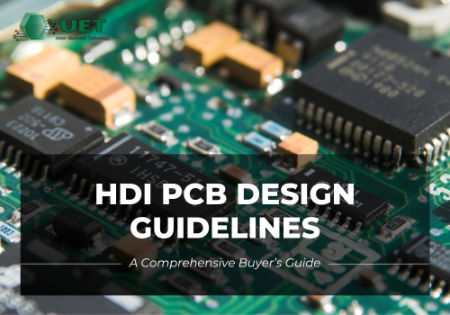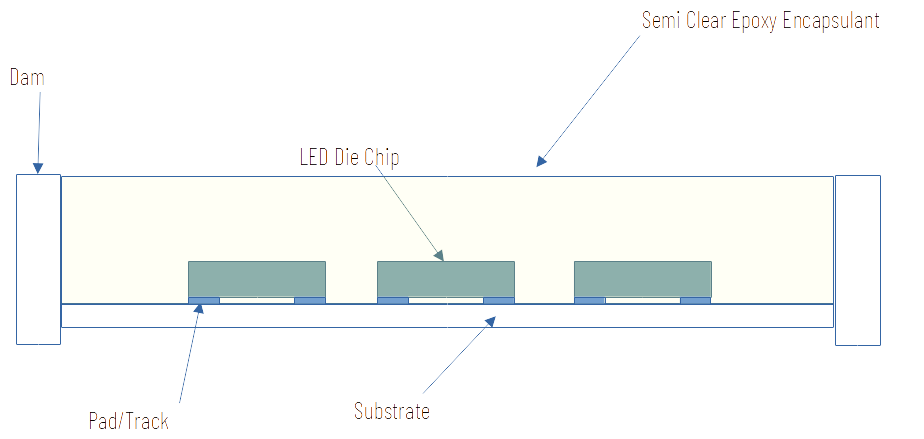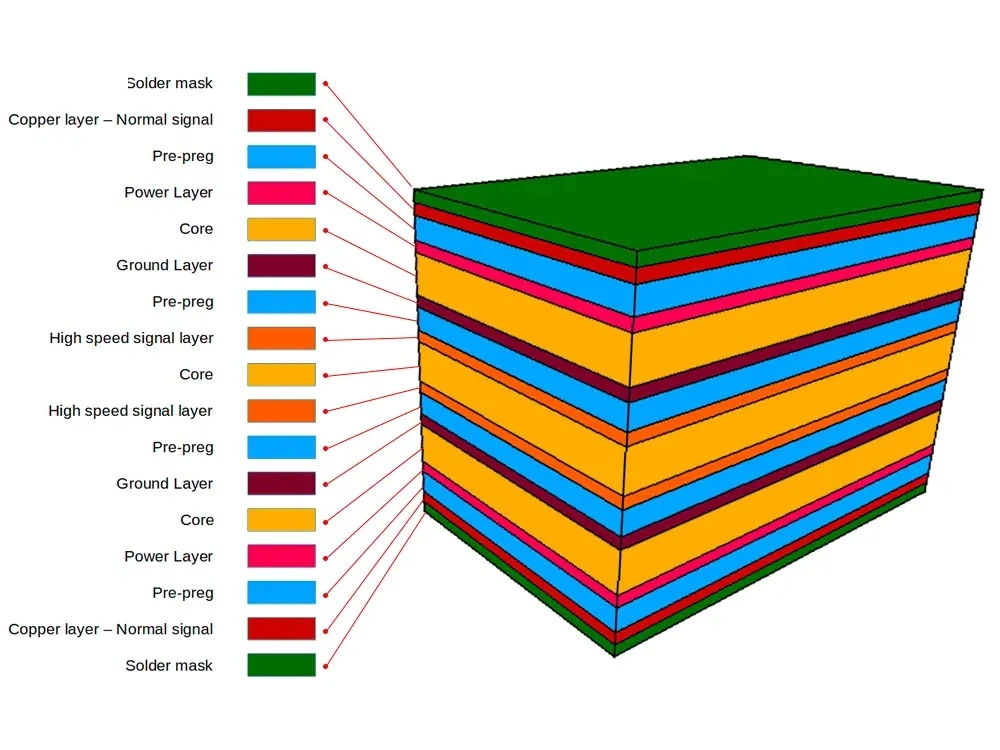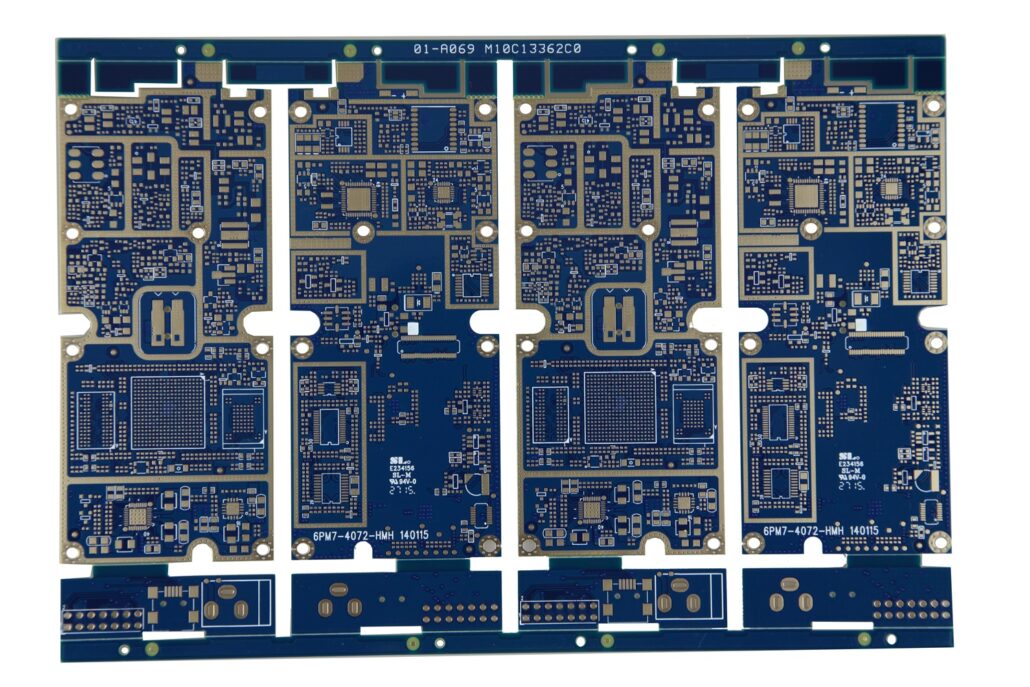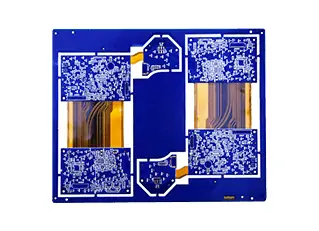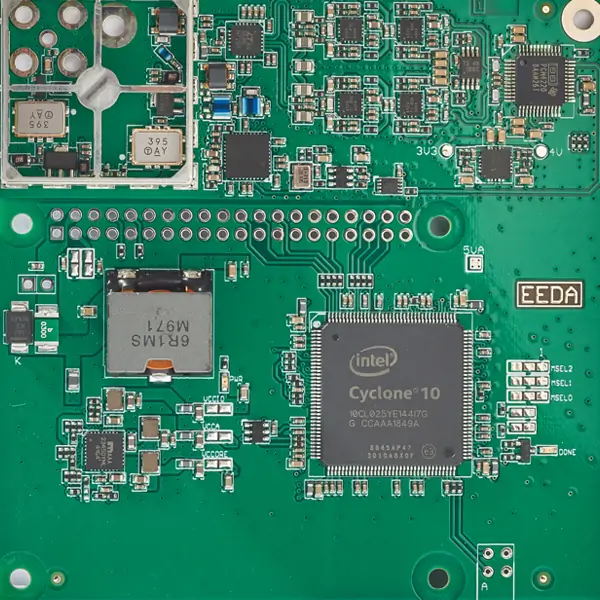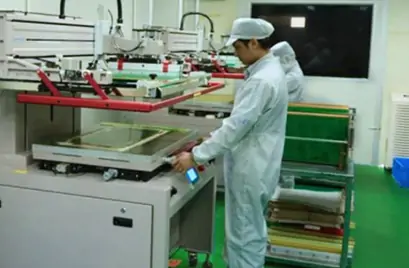“With Rigid-Flex PCB, the future of electronics is both flexible and strong.” We are all more or less familiar with PCB. You know, it stands for Printed circuit board. Every day, our world is evolving. People demand more convenient electronic gadgets. This high demand creates different types of PCB: rigid, flexible, and rigid-flex PCB. Rigid-flex…
A flexible PCB is a popular type of Printed Circuit Board. As the name suggests, these PCBs are bendable. You can literally twist or fold it during use. Most people may be confused about the concept of rigid and flexible PCBs. First, the materials for both are different. FR4 or other rigid materials are used…
Check this article for the critical differences between VCC, VEE, VDD, and VSS. Learn where these terms came from and their applications in practical electronics. Introduction Most likely, you’ve encountered one of the terms VCC, VEE, VDD, or VSS in your everyday encounter with electronics. These symbols may have represented the power sources of your…
Printed Circuit Boards, or PCBs, are like the brains of electronics. They entirely link all the parts together to ensure smooth operation. Over the years, these PCB boards have gradually become miniaturized. What lead to this? As you know, our modern world needs smaller, faster, and more powerful devices. This reasonably led to the development…
This article explains what a chip on board is, how manufacturers construct it, and its different applications. Learn more about this cost-saving, protective, and efficient manufacturing process. Introduction Upon opening an electronic assembly, you probably saw a strange-looking blob on a circuit board. It may look peculiar initially, as it appears to have gone out…
PCB, or printed circuit board, is the backbone of modern devices. It’s usually used as a base for connecting and arranging electrical parts. It generally comes with different PCB layers. Each layer is responsible for unique tasks. Their flat, rigid bodies make a stable base for placing parts. Their main job is ensuring the electrical connection…
PCB, or printed circuit board, is everywhere. It is a critical part of every modern electronic device. It serves as the backbone of the device and makes it possible for electronic components to fit together smoothly. When we explore PCBs more, we find a wide range of variations. HDI PCB is one of them. PCBs…
Introduction You may have created your rigid FR4 multilayer PCBs by now and are satisfied with their performance. You understand their construction (FR4, Copper Layers, Prepreg, etc.) and probably know how to order and create them online. However, you realize that your project’s interconnections are increasingly getting more complicated and space-constrained. You need something more…
Do you need help sourcing components for your PCBs? Want a guide to make your sourcing process more efficient? Read this in-depth guide about PCB component sourcing. Introduction PCB component sourcing is a vital process to complete your PCB design projects. Without component sourcing, you might end up with an incomplete project. Imagine all the…
Introduction Electronics Manufacturing Services (EMS) has gone a long way. From constructing and assembling your circuit boards to sourcing your components, EMS has extended its service to complicated logistics, databases, and supply chains. Moreover, with the rise of Artificial Intelligence and automation tools, most EMS already embrace Industry 4.0 standards. Below is a guide on the…

